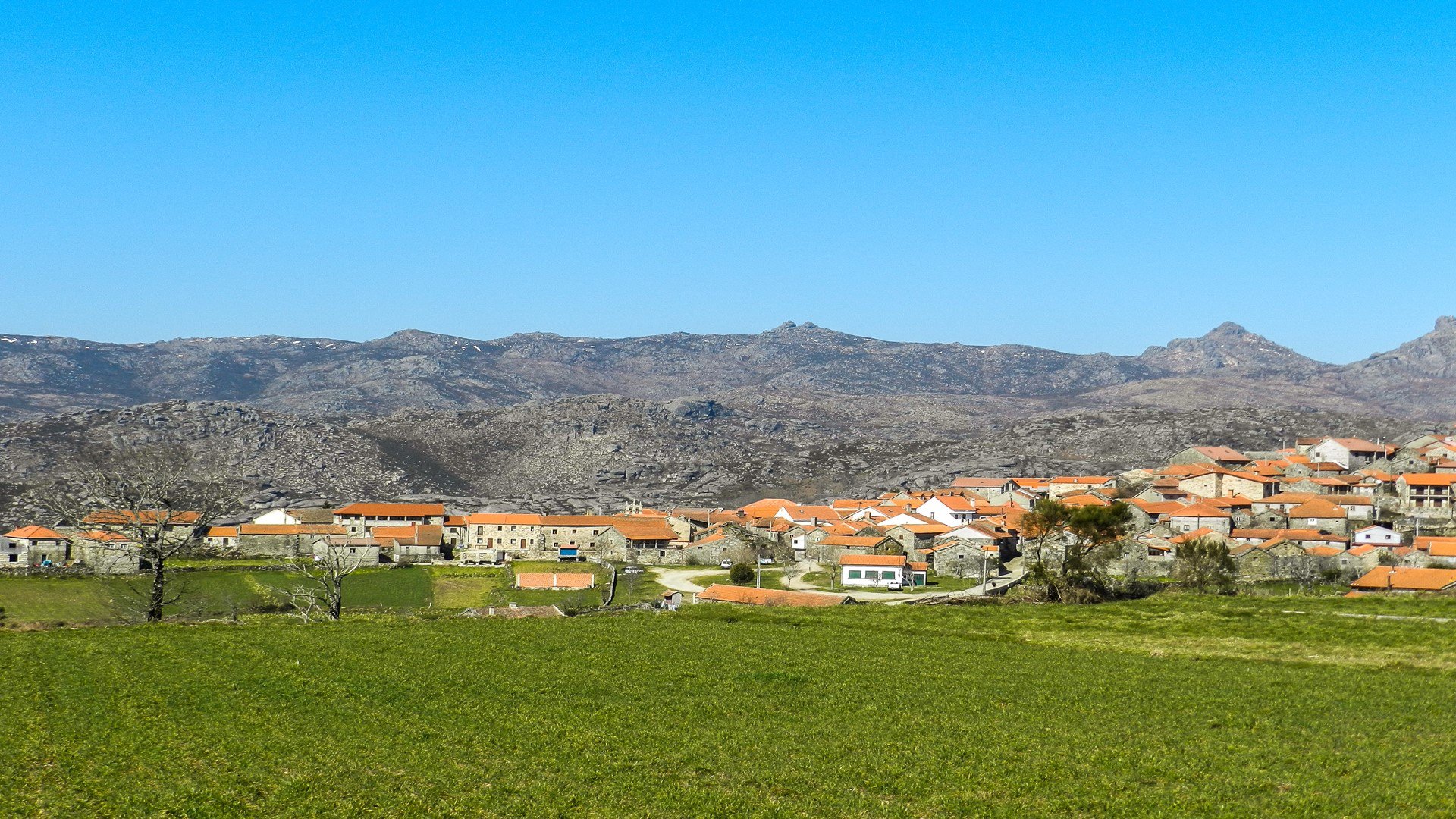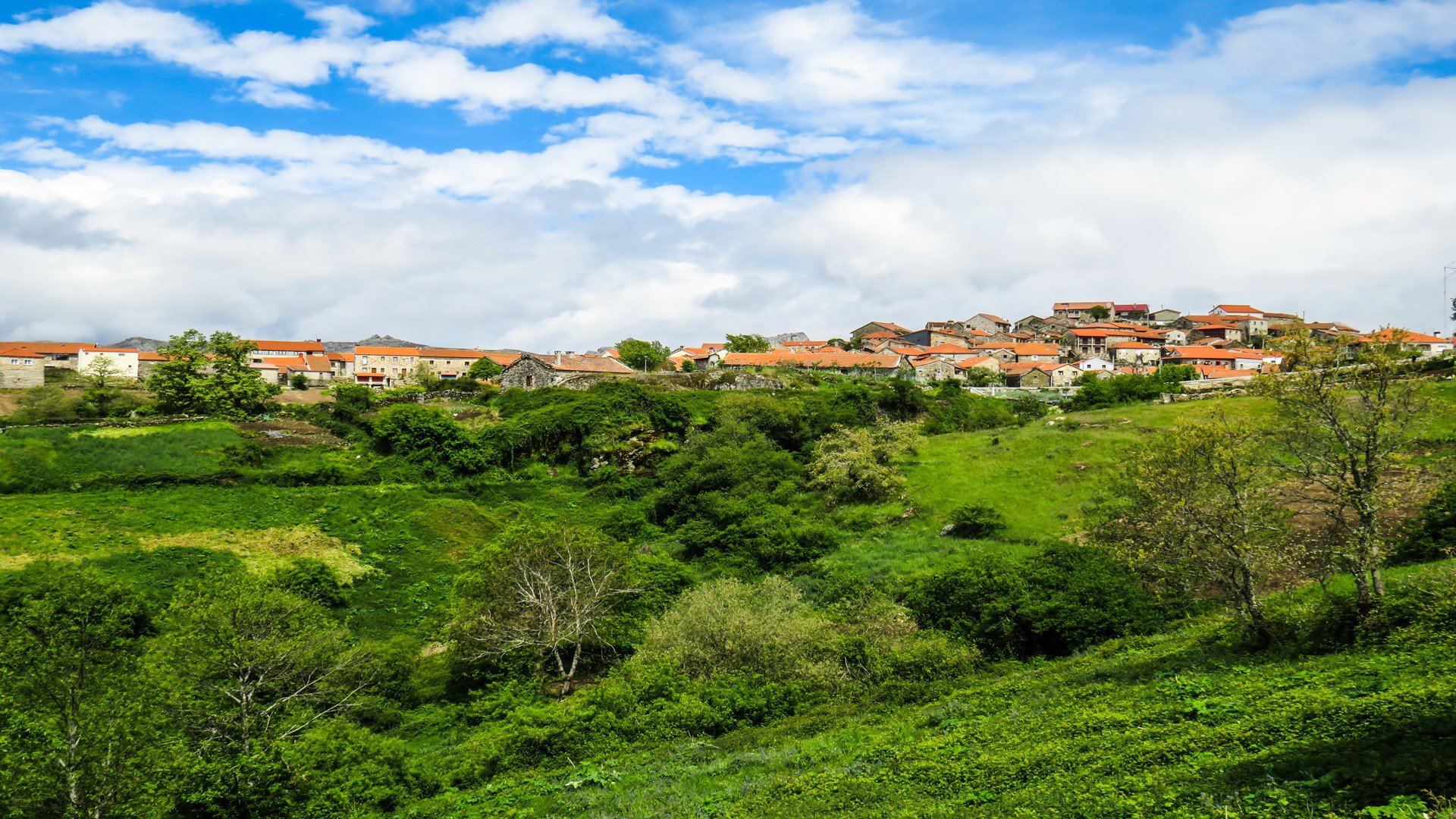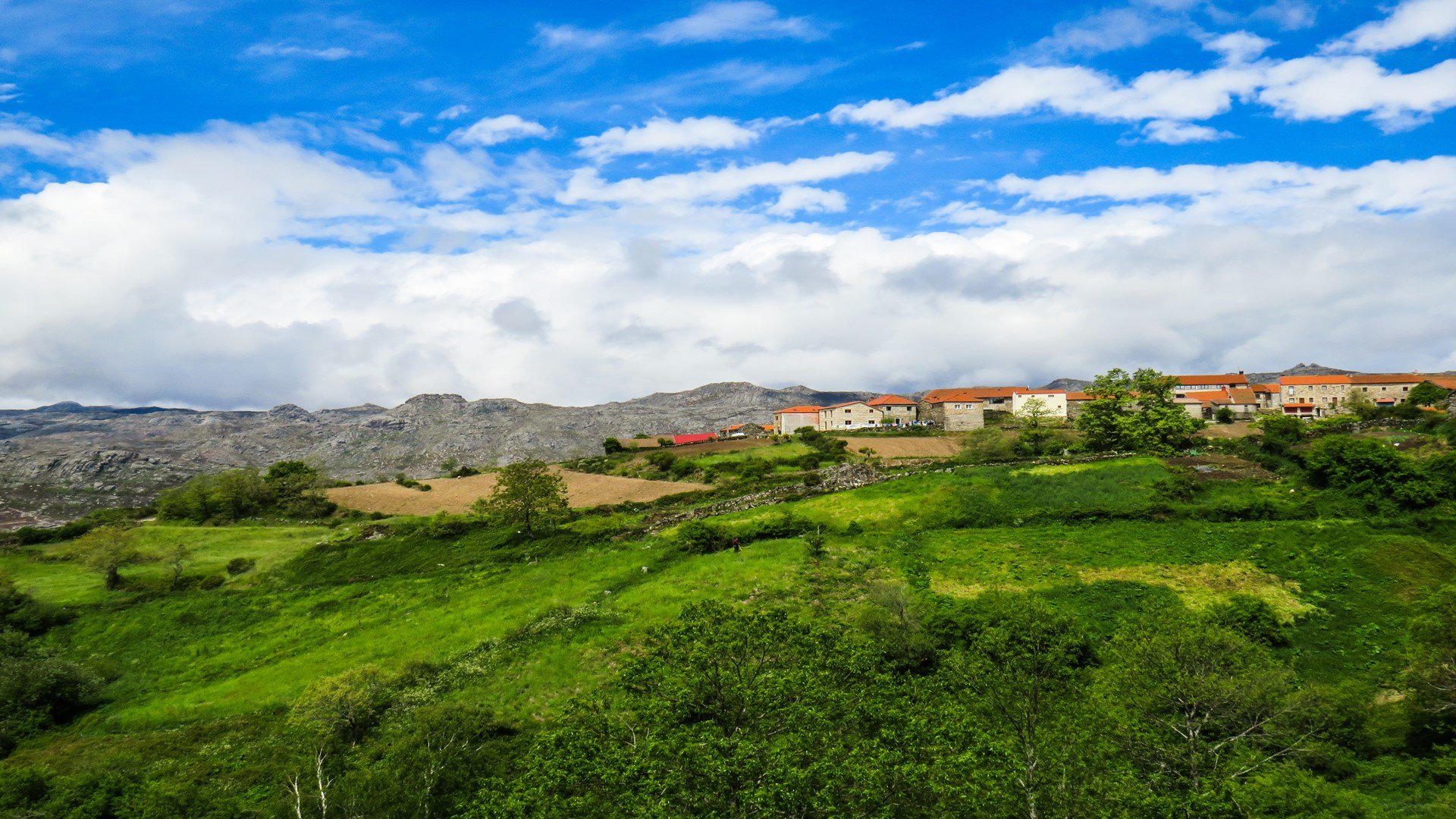The agreeable village of Pitões das Júnias is located between the Mourela plateau and the abrupt relief of Gerês at an altitude of 1100-1200 meters, which gives it the status of the highest Barroso settlement and the second highest in Portugal. It is one of the most authentically preserved villages in the area of the National Park, of living traditions where day to day life is still marked by the calendar of crops and cattle.
Its peripheral location has in the past led to the isolation of the population, which has in turn influenced a certain self-administration by the community, which itself democratically instituted communal standards. Today, with improved accessibility, Pitões das Júnias is one of the highlights of the National Park, being one of the villages that receives most visitors. They come mainly for the beauty of the scenery and serenity of the place, to walk along the paths that lead into the mountains, to visit the Monastery of Santa Maria das Júnias, the famous waterfall and also to eat.
Concerning the origin of Pitões das Júnias, it is believed to have been the natural successor or replacement of the old village of Juriz, located about 1,300 meters southwest of the current village and which, according to archaeologists, may be the medieval village of Sancti Vicencii de Gerez, referred to in the Afonsinas Inquiries of 1528. Of the old village there remain only a few walls and traces of roads, it having been completely forgotten by the people and, over time, invaded by the oakwoods. It is not normal for a village to be completely abandoned as apparently happened the old Juriz. It is thought that the village was abandoned due to the black death plague or some other calamity that drove everyone away, it has not been occupied since the 15th century.













